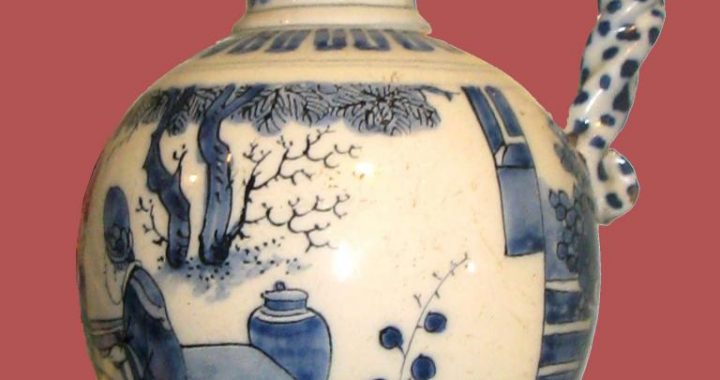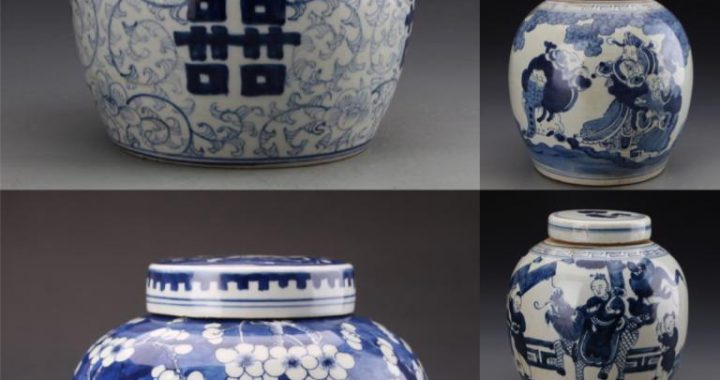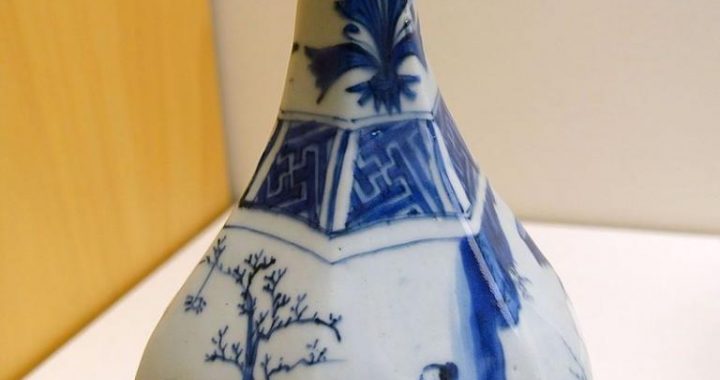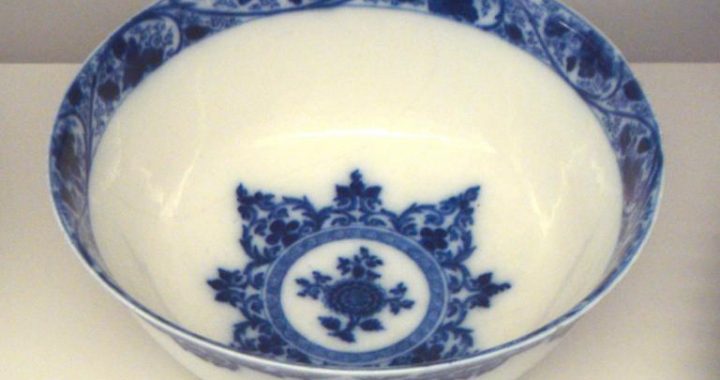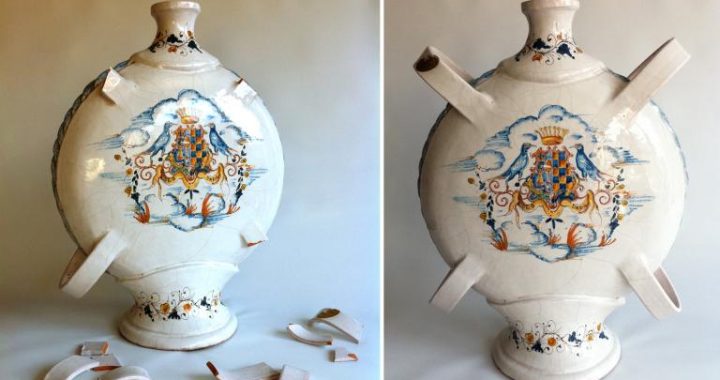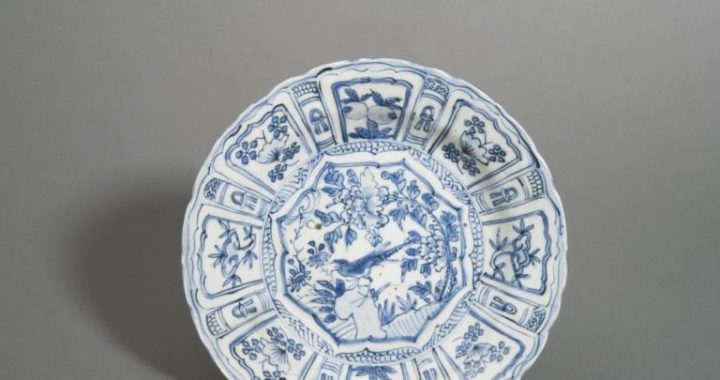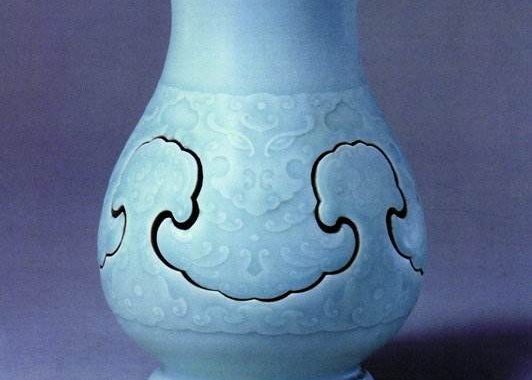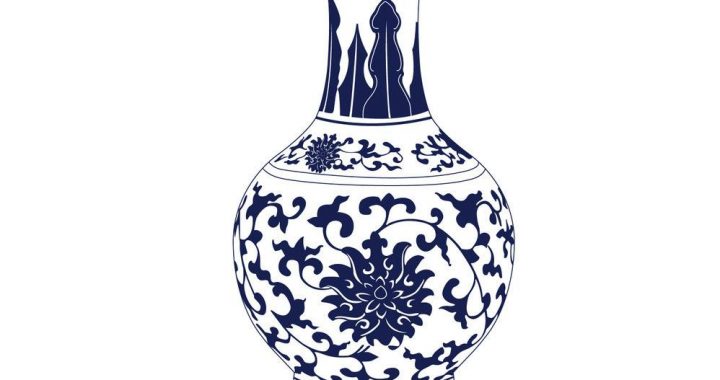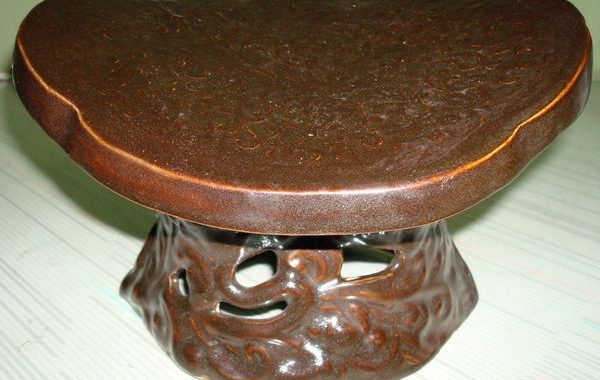Simple and Lively Wares of the Wei, Jin, Southern and Northern Dynasties
2 min readEach and every period in Chinese history possesses its own unique style, which exerts inevitable influence on every aspect of social life, ranging from people’s mental outlook to social production, including porcelain firing as well.
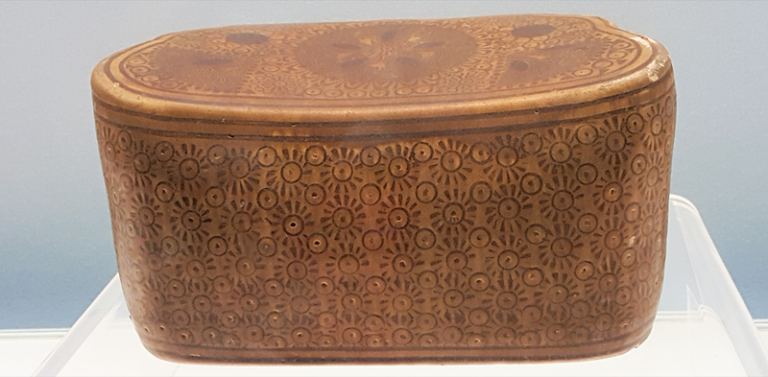
The period of the Wei, Jin, Southern and Northern Dynasties was featured by constant political upheavals, which led to disintegration of the country, and unintentionally fostered cultural diversity as well. Because of social instability, economic recession and population reduction in the north, porcelain firing remained stagnant, and was gradually transferred to the south.

In this period, although experienced frequent replacements of regimes, southern China was more peaceful than the war-ridden north. Porcelain industry in the south didn’t decline as it did in the north. On the contrary, with people’s migration from Central Plain, porcelain production in this area began gradually to prosper. At that time,a new lifestyle advocating tranquility and freedom was prevailing among scholar-officials in thesouth who were getting sick of the long-drawn-out war and turned to advocate a new life style,, which should be carefree, peaceful and unconventional. This fashion led people to attach more importance to porcelain forms as well as its function, as reflected in porcelain utensils in various animal shapes. These vessels ingeniously imitated certain parts of animals, and appeared very lively and beautiful, such as the chicken-spout ewer and the tiger-shaped chamber pot, both of which were popular shapes during that time.
The prevailing culture of a society, such as religion, would inevitably exert impact on porcelain production. It was during this era that Buddhism began to rise in China, asits teaching of eternality of departed spirit, and karma and retribution brought spiritual comfort to people who suffered from the long-drawn-out war. Temples and grottoes were widely constructed all over China, and Buddhist motifs such as lotus and flying deva were commonly applied on porcelains, while the lotus-flower-shaped vase became one of the most classic porcelain wares of that time.
Celadon was still the mainstream in porcelain production during this era, while brown dots were occasionally decorated on the surface to make the product more colorful. Meanwhile, white porcelain gradually took shape in the north, foreshadowing the distribution of Chinese porcelain production in the subsequent era.

